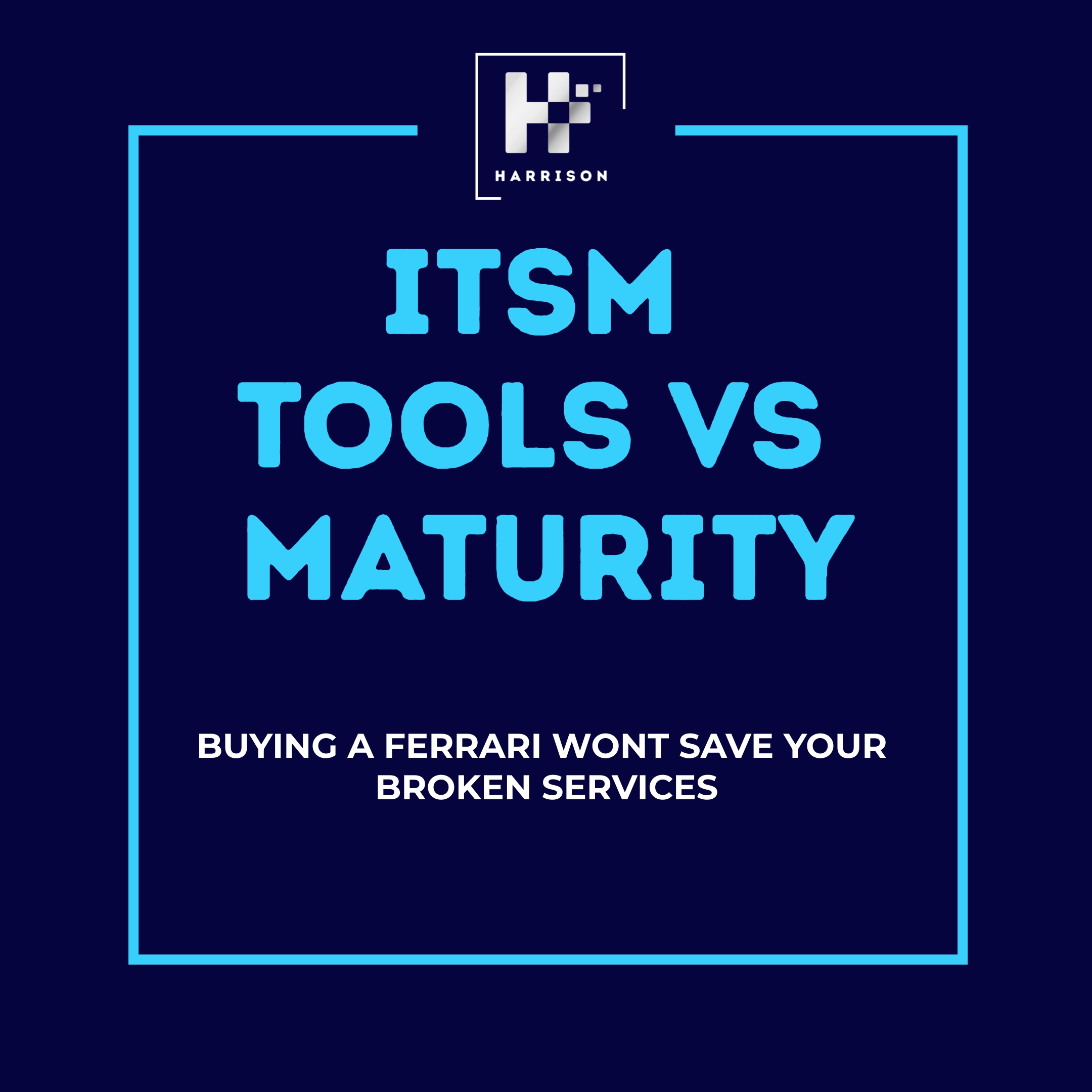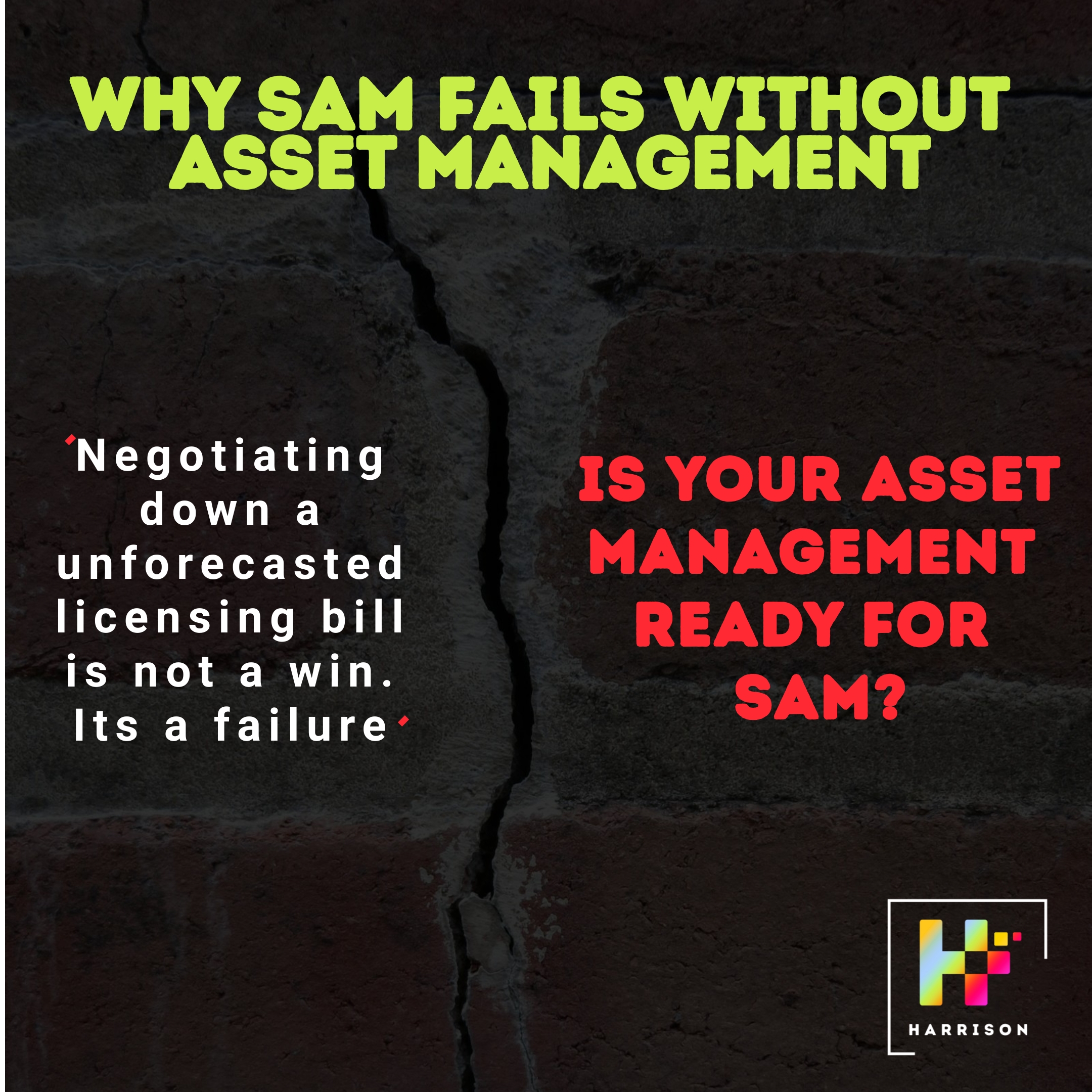Problem Management – The Missing Link in IT Stability
Most organisations treat incidents like sparks to put out.
But they never fix the fuel source.
That’s why so many IT environments live in a permanent firefighting state. You can have slick SLAs, a responsive service desk, and a rapid incident closure rate — and still be completely unstable underneath.
Because incidents are symptoms. Problems are causes. And if you’re not solving the causes, you’re just firefighting smarter.
🧯 The Illusion of Control: Why IT Looks Stable but Isn’t
Here’s the trap: teams get good at incident response. Dashboards look green. Time to resolve is down. Execs get a false sense of security.
But dig deeper:
-
The same systems keep breaking.
-
The same users keep calling.
-
The same workaround gets deployed.
This isn’t resilience. It’s repeatable instability.
Gartner states:
“Organisations that lack root cause focus will see up to 50% of incidents reoccur within 90 days.”
(Gartner, ITSM Benchmarking Report, 2023)
🧩 The Strategic Void: Why Problem Management Gets Sidelined
Most organisations either:
-
Conflate Problem Management with Major Incident Reviews.
-
Delegate it to whoever’s left standing after the incident.
-
Or simply don’t do it at all.
Why? Because it’s not urgent. There’s no SLA countdown. It’s not loud like incidents.
But it’s where the real value lives.
When done right, Problem Management is a leadership tool — not a technical task. It requires:
-
Cross-functional collaboration
-
Trend analysis over time
-
Ownership beyond firefighting
-
Architectural influence
-
Change enablement
This isn’t something you throw to a junior analyst part-time. It’s systemic, strategic work.
✅ The Good: When Problem Management Becomes a Stability Engine
You’ll know when it’s working:
-
Problem tickets outnumber incidents.
-
Problems are prioritised based on risk and cost impact.
-
RCA is done across incidents — not just for big ones.
-
Changes happen because of problems — not despite them.
-
Trend reporting is operationalised.
McKinsey wrote:
“IT functions that embed structured root cause analysis see a 40–60% reduction in repeat incidents within 6 months.”
(McKinsey, 2022)
Problem Management done well is a multiplier. It improves customer experience, reduces support load, and drives better design decisions upstream.
❌ The Bad: When Problem Management Is Just a Placeholder
Most IT teams claim to “do” Problem Management. But in reality:
-
There’s no clear owner.
-
RCA is skipped or surface-level.
-
No action gets taken post-analysis.
-
It’s used to justify existing work, not drive new improvement.
Worse, “problems” become holding pens for unresolved incidents — a backlog that grows, but never closes.
This leads to a toxic loop:
-
Incidents rise.
-
Morale dips.
-
Business confidence erodes.
-
Ops become reactive.
🧠 CIO WAR CHEST: Questions to Expose the Gaps
Here’s how CIOs can interrogate the true maturity of their Problem Management discipline.
-
What % of incidents are linked to known problems?
-
Ask: Head of Service Ops or Problem Manager
-
Data: Incident to problem linkage ratio over 90 days
-
-
How many problems led to a change in the last quarter?
-
Ask: Change Manager
-
Data: Problem records mapped to approved RFCs
-
-
Who owns problem management — and do they have the remit to make architectural or process changes?
-
Ask: Service Owner or Head of Ops
-
Data: Role descriptions, escalation matrix
-
-
What is the average problem resolution time — and what stops problems from being closed?
-
Ask: Problem Manager
-
Data: Ageing report on open problems, root cause analysis logs
-
-
What systemic issues have we fixed in the last 6 months — and how do we know it worked?
-
Ask: Service Director or CIO
-
Data: Closed problem backlog + incident trend after resolution
-
🎯 Problem Management Isn’t IT’s Admin Work — It’s Where IT Becomes Strategic
A great CIO knows: firefighting is a tax. Root cause resolution is an investment.
If you’re not resourcing Problem Management, you’re letting risk, cost, and user frustration accumulate silently across the estate.
Want to build long-term IT trust? Don’t just handle the noise. Silence it at the source.
🧨 The Hard Questions CIOs Need to Ask Now
-
How many of our outages or high-impact incidents could have been avoided if we’d resolved the underlying issue earlier?
-
Who has the authority (and budget) to fix systemic flaws — and are they actually doing it?
-
How do we ensure Problem Management recommendations get implemented, not just written down?
-
Are we learning fast enough from our pain — or are we normalising repeat failures?
🔥 Need Help Turning Root Cause into Action?
If you need help translating problem trends into change actions, or building a real Problem Management function that’s accountable and outcome-focused — that’s what we do.
We work with CIOs to turn unstable environments into self-healing systems.
👉 Reach out here
Follow us
Latest articles
December 14, 2025
December 14, 2025
December 14, 2025
December 14, 2025
December 14, 2025
December 14, 2025








